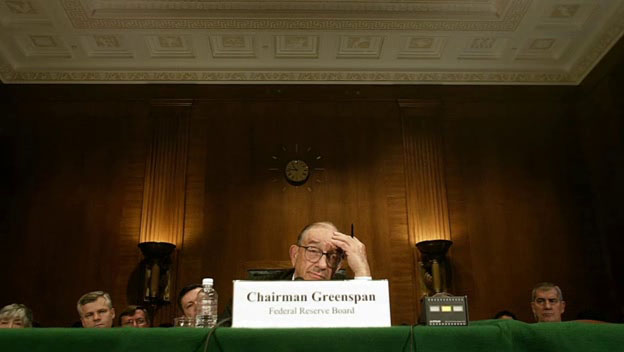It’s Wednesday, so I checked the theater site to see what’s playing this weekend, or more specifically if Kelly Reichardt’s Showing Up is opening here, but nope. Hey the new Paul Schrader, that’s something. Pipeline‘s final showtime is this afternoon, after holding on for nearly a month – I’m very proud of it and Blackberry for their long theatrical lives, even though the only time I’ve personally been out since True/False was to see those city symphony shorts. Anyway, time to watch Pipeline on video like a chump (and later to chump-watch Blackberry and the Schrader and, alas, Showing Up).
And hey, it’s good! Speaking of Reichardt, I expected to be reminded of Night Moves, but this is more procedural, less psychological, with less murder and guilt, but still some heavy repercussions to the (successful) titular operation. Really good fakeout about a member of the group who’s spying for the cops – true, but she’s feeding them misinformation so half the group will stay anonymous.
I only knew Sasha Lane – also feat. Leo’s son from The Revenant, the Idaho girl from The Assistant, a Marvel kid, a White Lotus dude, a Woman King warrior, a Pixar dinosaur, Disney’s Pocahontas, and the bad boyfriend from the beginning of It Follows.
Based on a manifesto and adapted a la Fast Food Nation into a narrative, a level-up from Goldhaber’s Cam. In the excellent Filmmaker interview he says it was 19 months from conception to premiere, and calls it a heist film:
Nobody watches a bank robbery movie from the ’40s and says, “These people are trying to get people to go rob banks.” They see that movie and say, “This is a movie that’s talking about structural inequality and getting me to empathize with characters who feel like they have no other option than to rob a bank.” This movie follows eight young people who feel like they have no option but to blow up a pipeline. I don’t think of the movie as propagandistic, because there’s no cause and effect. They don’t blow up a pipeline and solve climate change. The doing of it is the narrative catharsis in the same way that it is in a heist movie. I want this movie to be given the same dramatic permission that genre is given.




